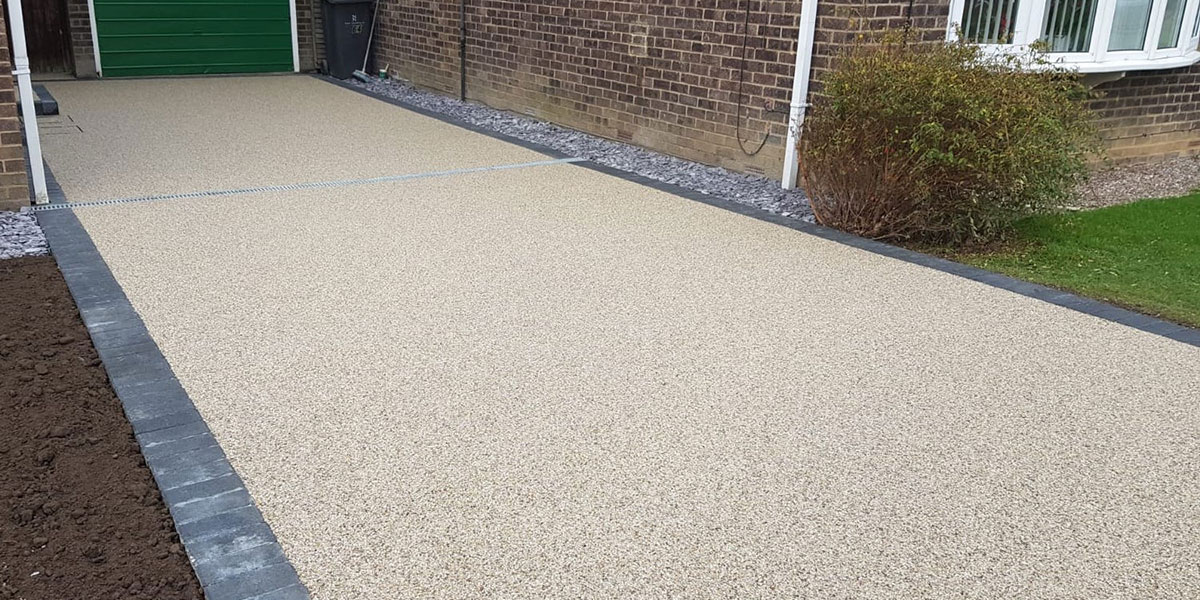If you’re contemplating upgrading your traditional shingle roofing to a more durable, long-lasting option, metal roofing might just be the answer you’ve been seeking. As a green, sustainable choice, metal roofing not only withstands the test of time but also adds a chic, modern appeal to any property. However, it’s essential to be aware that the metal roof cost can vary widely, influenced by numerous factors, from the material to the installation process. Let’s delve into these aspects in more detail.
What Drives the Price of Metal Roofing?
The cost of metal roofing isn’t a straightforward calculation. Instead, it’s a blend of numerous factors that can either raise or lower the final figure. Here, we will examine these variables in depth.
Materials
The type of material you choose for your metal roof will play a significant role in the overall cost. Metal roofing is available in various materials, each with unique attributes and price points. Aluminum, for instance, is light, resistant to corrosion, and moderately priced, making it an attractive option for many homeowners. In contrast, copper is highly durable and possesses a stunning, classic aesthetic, but it comes with a higher price tag due to its rarity and durability.
Labor
The cost of labor is another critical aspect of the total metal roofing cost. Since installing a metal roof requires specialized knowledge and skills, labor costs can be higher than for traditional roofing materials. Furthermore, if your property has unique architectural features that complicate the installation, expect the labor and installation cost to increase accordingly.
Size and Design
The size of your roof, naturally, will have a direct impact on the cost of materials and labor. Larger roofs require more materials and more man-hours to cover, raising the total price. Similarly, the complexity of your roof’s design—the number of corners, peaks, and valleys—can influence the final bill. A straightforward, single-gable roof will cost less to cover with metal than a complex, multi-gable design.
Geographic Location
Your geographic location can also significantly influence the cost of a metal roof. Labor costs vary from region to region, and if you live in a remote area, there could be added expenses for the transportation of materials and personnel. Additionally, specific regions may have codes and regulations requiring particular types or styles of roofing, which could affect your choice of material and, thus, the overall cost.
Investing in Metal Roofing: Short-term vs. Long-term
While the initial cost of metal roofing can be higher than traditional shingles, it’s crucial to consider the long-term value. Metal roofs are known for their impressive durability and longevity, often outlasting conventional roofs for several decades.
For example, asphalt shingles, a common traditional roofing material, tend to last about 20 years, depending on environmental conditions. In contrast, metal roofs can last up to 70 years, or even longer, with proper care and maintenance. This remarkable longevity means that while the upfront cost may be higher, a metal roof can actually be more cost-effective in the long run.
Moreover, metal roofing can also add value to your home. Many potential home buyers appreciate the durability and modern aesthetic of metal roofing, potentially increasing the resale value of your property. And, with a myriad of design options available, metal roofing can enhance the curb appeal of virtually any style of home.
Maintenance and Potential Additional Costs
Maintaining a metal roof is generally straightforward and inexpensive. Most metal roofs require only periodic cleaning to keep them looking their best. However, if you live in a region with harsh weather conditions—such as heavy snowfall, hailstorms, or high winds—you may need to budget for occasional repairs. Metal roofs are highly resistant to these conditions, but they’re not completely impervious.
In addition, while metal roofs are resistant to fire and insects, they can be prone to corrosion and expansion or contraction due to fluctuating temperatures. Hence, you may need to consider the cost of special coatings or treatments to protect your roof from these potential issues.
Lastly, remember to factor in the potential cost of removing and disposing of your old roof, if necessary. Some metal roofs can be installed over existing roofing materials, saving you this expense. But in other cases, the old roof will need to be removed first.
How To Minimize Your Costs and Maximize Your Savings
Believe it or not, you have the power to minimize the costs associated with your metal roof and maximize your savings. Let’s dive in:
Financing and Tax Incentives
To help offset the higher initial cost of metal roofing, there are several financing options and potential tax incentives available. Some roof contractors offer financing plans, allowing you to pay for your metal roof over time through monthly installments. Additionally, lending institutions like banks and credit unions may have a loan or personal line of credit options to finance your roofing project.
Depending on your area, there may be tax credits or incentives available for installing an energy-efficient metal roof. For instance, the federal government in the United States offers homeowners a tax credit of up to 30% of the cost of qualifying metal roof materials, excluding installation costs. Always be sure to research any applicable tax breaks or incentives when budgeting for your metal roof.
Given these financing and incentive options, the cost burden of updating to a metal roof can be significantly alleviated, making it a more attractive and affordable choice.
Life-Cycle Cost Analysis
Finally, when considering the cost of metal roofing, it’s important to think about the bigger picture. Though the initial price may be higher than that of traditional asphalt shingles, metal roofing offers numerous long-term benefits that should be factored into your decision-making process.
Metal roofs have significantly longer lifespans compared to asphalt shingle roofs, with some materials lasting up to 70 years. Additionally, the energy-efficient properties of metal roofing can result in lower utility bills, and the durability of these roofs can save you money on repairs or replacement over time. By conducting a life-cycle cost analysis—comparing the initial cost of installation with the long-term savings—you may find that metal roofing offers greater value over its lifespan compared to other roofing materials as long as your care for your roof appropriately.
Remember to weigh this long-term investment perspective against the immediate costs when determining if a metal roof is a right choice for your home or building.
Getting Multiple Estimates
Whenever you’re considering a significant financial investment, it’s essential to shop around and compare options. This is particularly true when it comes to metal roofing, as costs can vary widely depending on factors such as materials, labor, and location. It’s recommended that you obtain at least three estimates from different contractors before making a decision.
When comparing estimates, don’t just focus on the bottom line—consider the materials being used, the quality of the workmanship, and the warranty options offered. If you have concerns regarding contractor experience with metal roofing, request references and inspect portfolios to ensure their competence. Ultimately, the most successful roofing project balances affordability, quality, and expert craftsmanship.
Arming yourself with multiple estimates and a thorough understanding of your options will lead to a well-informed decision that you can feel confident about for years to come.
Overall, the cost of a metal roof encompasses a wide array of factors, including material, design, labor, location, and maintenance. By understanding these components, along with available financing and incentives, it’s possible to make a well-informed choice that best suits your needs and budget. Ultimately, the life-cycle value offered by metal roofing may make it an attractive and cost-effective option for homeowners and commercial property owners alike.










